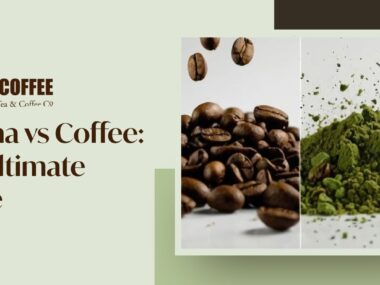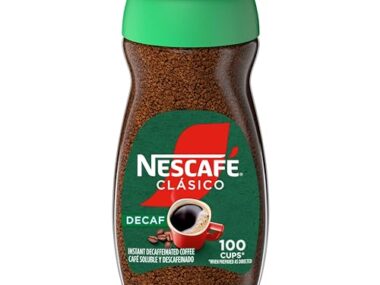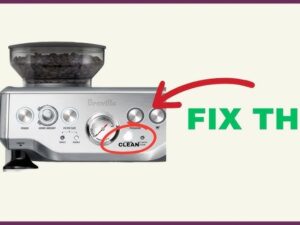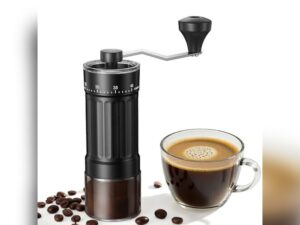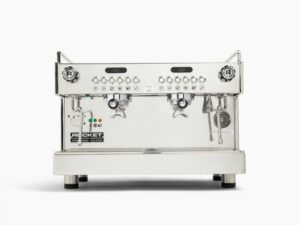You want your coffee packaging to do more than just look good on the shelf. It needs to protect your product, keep costs low, and also show that you care about the planet.
But how do you balance these three important factors without breaking the bank or compromising quality? This guide will help you discover practical ways to make your coffee packaging both affordable and sustainable. By the end, you’ll have clear ideas to boost your brand while making choices that customers will appreciate.
Ready to find the sweet spot between cost and sustainability? Let’s dive in.
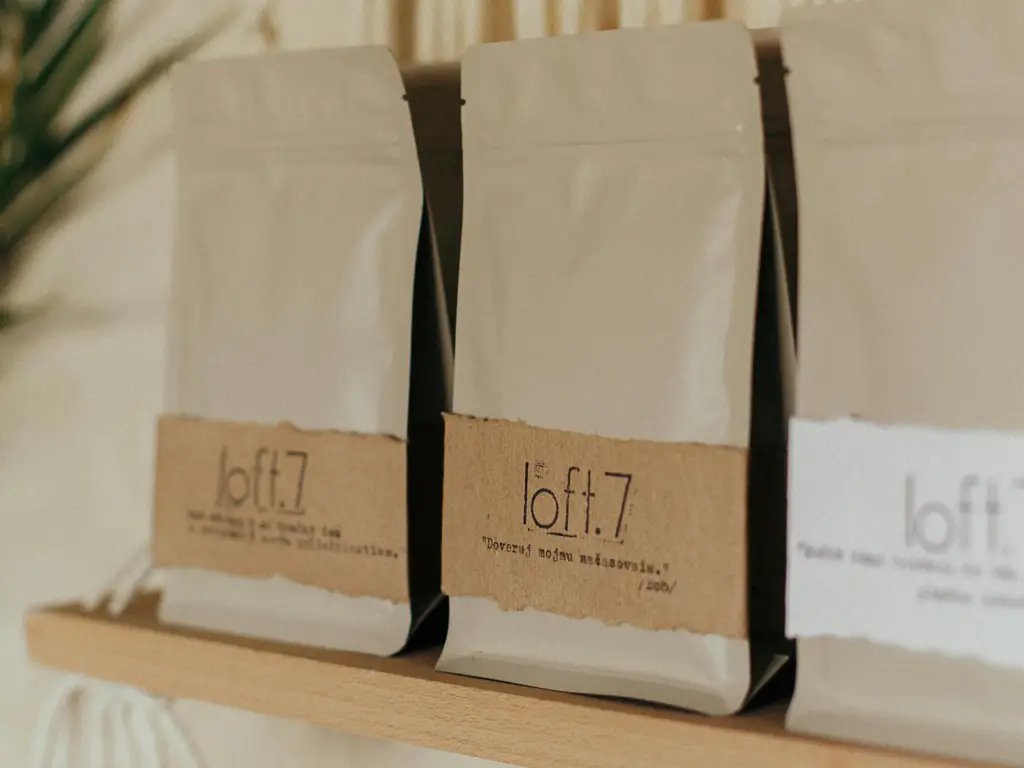
Credit: www.bsflexpack.com
Cost Factors In Coffee Packaging
Understanding the cost factors in coffee packaging helps businesses balance spending and sustainability. Every choice affects the final price. Knowing these costs aids in making smart decisions that benefit the planet and the budget.
Material Expenses
The type of material used in coffee packaging impacts cost significantly. Sustainable materials like recycled paper or compostable plastics often cost more than regular plastics. Bulk buying can reduce expenses. Choosing the right material is key to controlling costs and supporting eco-friendly goals.
Production Costs
Production includes printing, sealing, and shaping the package. Custom designs may increase costs. Efficient machinery lowers waste and saves money. Skilled workers ensure quality but add to labor expenses. Balancing quality and cost is essential in this stage.
Logistics And Distribution
Packing size and weight affect shipping costs. Lightweight and compact packages reduce transport expenses. Local sourcing of materials cuts delivery times and fees. Proper packaging protects coffee, preventing losses during transit and reducing overall costs.
Sustainability Challenges
Balancing cost and sustainability in coffee packaging is tough. Many challenges arise when trying to reduce environmental harm while keeping prices low. Brands want to be green but face limits from materials, waste, and what customers expect. Understanding these challenges helps find better packaging solutions.
Environmental Impact Of Materials
Many coffee packages use plastic or foil. These materials harm the environment during production and after use. Some options, like biodegradable bags, cost more to make. Finding materials that are both cheap and eco-friendly is hard. The choice affects carbon footprint and resource use.
Waste Management Issues
Coffee packaging often ends up in landfills. Not all materials can be recycled easily. Mixed materials in one package make recycling difficult. Poor waste management causes pollution and adds to landfill mass. Creating packaging that breaks down quickly or recycles well remains a key challenge.
Consumer Expectations
Buyers want fresh, tasty coffee and easy-to-open packages. They also want green packaging but usually at low prices. Meeting these needs is tricky for brands. Customers expect good looks and convenience, which often mean complex materials. Balancing these demands with sustainability is a constant struggle.
Eco-friendly Material Options
Choosing the right materials for coffee packaging affects both cost and the environment. Eco-friendly options help reduce waste and pollution. These materials can break down naturally or be reused, lowering the impact on the planet. Understanding different eco-friendly materials helps businesses make smart decisions. Here are some common choices for sustainable coffee packaging.
Biodegradable Packaging
Biodegradable packaging breaks down naturally in the environment. It uses materials like plant fibers or starch-based plastics. This packaging turns into natural elements within months. It avoids leaving harmful waste behind. Biodegradable options often cost less than some recycled materials. They reduce landfill buildup and harm to wildlife. Perfect for brands wanting a greener image at a fair price.
Recyclable Alternatives
Recyclable packaging lets materials be reused after use. Common types include paper, aluminum, and certain plastics. These materials must be clean and sorted properly. Recycling saves energy and reduces raw material needs. Choosing recyclable packaging lowers long-term costs. It also appeals to customers who care about waste. Many regions offer easy recycling programs for these materials.
Compostable Solutions
Compostable packaging breaks down into nutrient-rich compost. It supports soil health and plant growth. Made from natural materials like cornstarch or sugarcane, it decomposes in industrial or home compost bins. Compostable packaging helps close the waste loop. It is often stronger and more flexible than simple biodegradable options. This choice suits businesses that want to support local composting efforts.
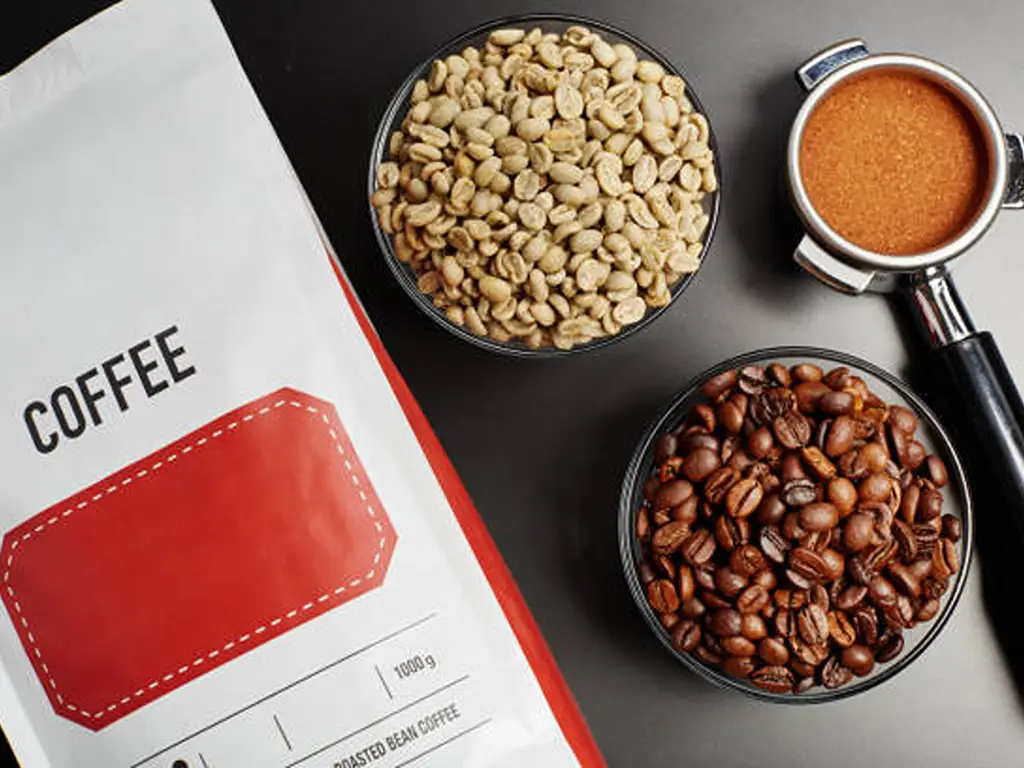
Credit: www.bsflexpack.com
Designing For Efficiency
Designing for efficiency is key to balancing cost and sustainability in coffee packaging. Smart design reduces waste and saves money. It also helps protect the environment by using fewer resources. Efficient packaging means using just enough material to keep coffee fresh and safe. This approach lowers production costs and lessens the environmental impact.
Reducing Material Use
Using less material cuts costs and waste. Thin layers of packaging can still protect coffee well. Choosing the right materials avoids extra bulk. This reduces the amount of plastic or paper needed. Less material means lighter shipments and lower transport costs.
Lightweight Packaging
Light packaging saves money on shipping and handling. It also uses fewer resources to produce. Lightweight designs make products easier to carry and store. This approach lowers carbon emissions during transport. Coffee brands can reduce their footprint by choosing lighter packs.
Multi-use Designs
Packaging that can be reused adds value for customers. It extends the life of packaging materials. Reusable coffee bags or containers reduce waste. Multi-use designs can lower overall packaging costs. They encourage customers to keep and refill, cutting down single-use waste.
Cost-effective Sustainable Practices
Sustainable coffee packaging does not have to be expensive. Smart choices can reduce costs and help the environment. Small changes add up to big savings and less waste. Companies can protect the planet and their budgets at the same time.
Bulk Purchasing Benefits
Buying packaging materials in bulk lowers the price per unit. Large orders reduce shipping costs and packaging waste. Bulk buying means fewer deliveries, cutting carbon emissions. It also helps keep inventory ready and avoids urgent orders.
Local Sourcing
Choosing local suppliers cuts transportation costs and pollution. Local materials often cost less because of fewer shipping fees. Working nearby supports the community and builds strong partnerships. It also speeds up delivery and improves quality control.
Collaborative Supply Chains
Sharing resources with other businesses reduces costs for everyone. Group orders and shared shipping save money and reduce waste. Collaboration leads to better planning and fewer unused materials. It creates a network focused on sustainability and efficiency.
Innovations In Coffee Packaging
Innovations in coffee packaging help balance cost and sustainability. New ideas make coffee fresher and reduce waste. Companies explore smart technology, reusable materials, and different ways to deliver coffee. These trends support the environment and keep costs reasonable. They also meet customer needs for freshness and convenience.
Smart Packaging Technology
Smart packaging uses sensors to show coffee freshness. It can change color to warn if coffee is old. This technology reduces waste by helping buyers use coffee before it spoils. It also improves shelf life without adding much cost. Smart labels can track shipping conditions to protect quality.
Reusable Packaging Systems
Reusable packaging cuts down single-use waste. Brands offer containers that customers return or refill. These systems save money over time by reducing new materials. Customers enjoy less trash and fresh coffee in sturdy packs. Reusable options often use strong, eco-friendly materials for durability.
Alternative Delivery Models
Alternative delivery models change how coffee reaches buyers. Subscription services send coffee in bulk with less packaging. Some use refill stations to avoid new bags. Direct trade deliveries reduce steps and packaging layers. These models reduce costs and environmental impact.
Balancing Marketing And Sustainability
Balancing marketing and sustainability in coffee packaging is a careful task. Brands must show their green values without losing customer appeal. Packaging needs to attract buyers but also protect the environment. This balance affects brand image, sales, and environmental impact.
Communicating Eco Values
Clear messages about sustainability build trust with customers. Use simple labels and icons to highlight eco-friendly features. Avoid complex jargon that may confuse buyers. Show facts about materials and recycling options. Transparency helps customers feel confident about their choice.
Packaging Aesthetics Vs. Functionality
Packaging should look good and work well. Attractive design draws attention on shelves. Functional design keeps coffee fresh and safe. Choose materials that are both eco-friendly and durable. Avoid heavy plastics that harm the environment. Use minimal packaging to reduce waste.
Consumer Education
Teach customers why sustainability matters for coffee packaging. Share tips on how to reuse or recycle packaging. Use simple language and visuals to explain benefits. Educated buyers support brands with green efforts. This creates a loyal customer base that values the planet.
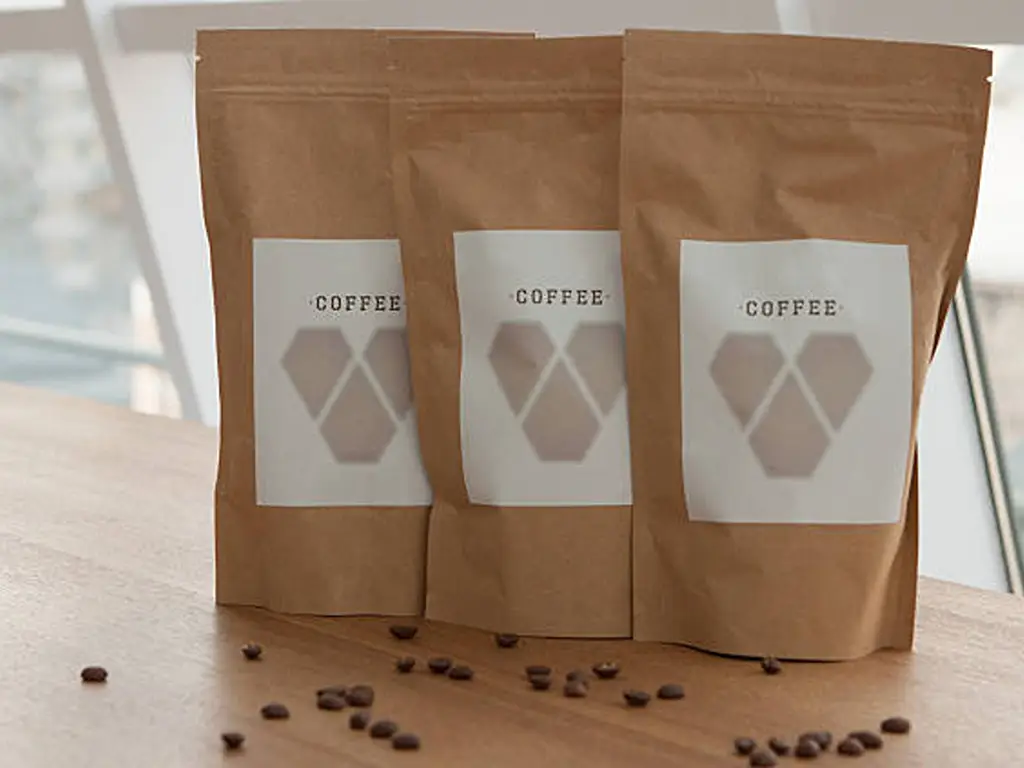
Credit: www.bsflexpack.com
Measuring Impact And Savings
Measuring the impact and savings of coffee packaging helps businesses find the right balance. It shows which choices save money and protect the environment. Clear data guides smarter decisions for sustainability and cost efficiency.
Life Cycle Assessments
Life Cycle Assessments (LCAs) examine the full journey of packaging. From raw materials to disposal, every stage is studied. LCAs reveal environmental effects like carbon emissions and water use. This helps identify areas to improve and reduce harm.
Using LCAs, companies can compare different packaging options. This ensures choices are both eco-friendly and cost-effective. LCAs support transparent and responsible packaging decisions.
Cost-benefit Analysis
Cost-Benefit Analysis (CBA) compares the costs and advantages of packaging options. It calculates savings from using sustainable materials or reducing waste. CBA shows if the upfront cost is worth long-term benefits.
This analysis helps balance spending with environmental goals. It highlights packaging solutions that lower expenses and environmental impact. CBA makes budgeting for sustainability easier and clearer.
Tracking Waste Reduction
Tracking waste reduction measures the success of packaging changes. It records less waste sent to landfills or recycling centers. This data shows how packaging affects overall waste levels.
Tracking helps spot trends and areas needing improvement. It encourages continuous progress in lowering waste and saving costs. Waste tracking turns goals into measurable results.
Frequently Asked Questions
What Materials Balance Cost And Sustainability In Coffee Packaging?
Biodegradable plastics, recycled paper, and compostable films offer cost-effective, eco-friendly coffee packaging. These materials reduce environmental impact without significantly increasing expenses.
How Does Sustainable Packaging Reduce Coffee Business Expenses?
Sustainable packaging lowers waste disposal costs and attracts eco-conscious customers. It can improve brand reputation, leading to higher sales and long-term savings.
Can Recycled Coffee Packaging Maintain Product Freshness?
Yes, recycled packaging can preserve freshness using proper barrier coatings. Innovations in materials ensure durability while supporting sustainability goals.
What Are Cost-effective Sustainable Packaging Alternatives For Coffee?
Using recycled paper, plant-based plastics, and minimalistic designs reduces costs. Bulk purchasing and local sourcing also help balance expenses and sustainability.
Conclusion
Balancing cost and sustainability in coffee packaging is possible. Choose materials that protect coffee and reduce waste. Small changes can lower expenses and help the planet. Think about the whole process, from source to shelf. Consumers appreciate brands that care about the environment.
Start with simple steps and improve over time. This approach benefits businesses and nature alike. Sustainability and cost can work together, not against each other. Keep learning and adapting for better packaging choices.


